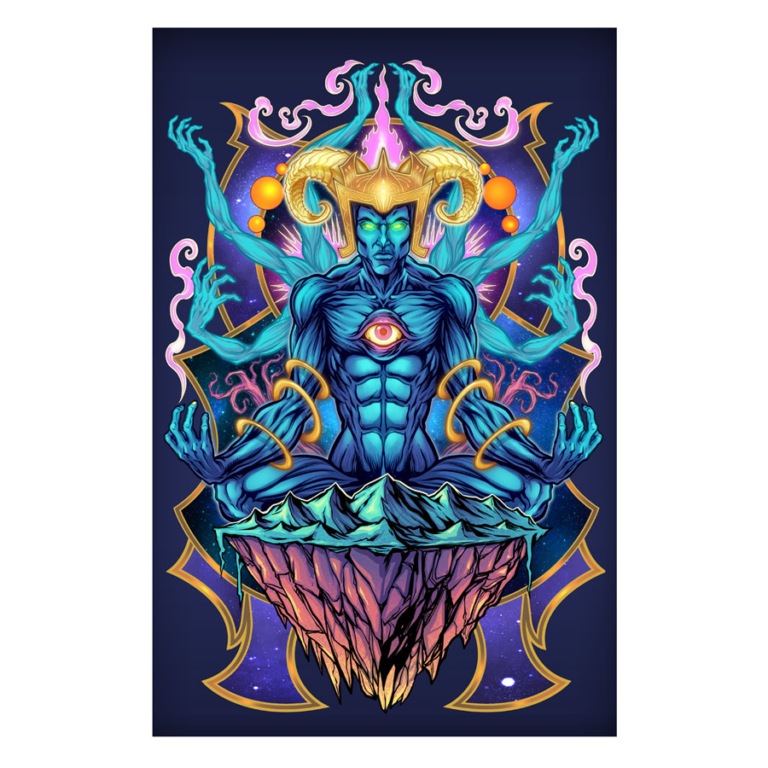

As you can see in the example you will have a good realistic feeling brush. P.s.:To have a good oil watercolor brush in CSP is a good habit to go to brush tip>direction and put a little bit of random effect. Than edit the options " Amount of paint" "Density of paint" and "color stretch" to your liking. P.s.: It will open the material folder I advice you to research by name than scrolling until you find it.ĥ)Go to ink, in the brush option, and check "mix ground color". Go in the options go to brush tip and add your new brush tip. Firstly if the LAYER and CANVAS are in GRAYSCALE, second that the option using for brush tip shape is checked.Ĥ)Take a brush you find comfortable with and duplicate it. Before this passage you need to check those things. For an example I elaborated my brush tip using a rectangle as a base.ģ)Go to edit>register material>image. Pro-tip:I really advice you to use as a basic shape for your brush tip the circle, rectangular and the triangle. But in no more than one week you will learn. At the begining is difficult to create a satisfying shape.

Then once you’re happy with the movement, press play and there you go! Obviously this was made in a few minutes and is a super a simple and dumbed down example of how the liquify tool could be used to animate, but I think it shows how much potential this tool has to offer when it comes to animation.You can create a tip for your brush in some really easy step.ġ)Create a canvas of 500x500px circa in GRAYSCALE, is really important because the brush engine in Clip Studio Paint work on black and white and the shades of gray in between+the transparency value.Ģ)Create a shape that satisfy you, you can create the shape you want. Of course in this case it would be better to separate the elements we want to animate from the rest of the face and separate the character from the background, but for the sake of this very quick demonstration it won’t be necessary. Start slightly moving the parts of the face you would like to animate. Duplicate it and set the layer copy on the second frameĥ. Create a new animation folder and put your image layer insideĤ. Get your artwork, open your timeline window.ģ. I will not go into detail about how to animate in this tip, there are lots of tutorials out there that explain it well, including this one I’ve made that covers keyframe animation in details, but to summarize this process quickly:ġ. This is something probably most people would not consider, but indeed, you can use the liquify tool in some instances to create simple animations. I highly recommend the liquify tool if only for all those very convenient reasons, but it’s far from being the only thing the liquify tool can do. This is the most obvious use for the liquify tool, but that’s because every mode of the liquify tool can be used in that scenario:ġ- With the push mode you can fix a wonky looking face.Ģ- With the expand and the pinch mode you can adjust the size of disproportionate elements.ģ- With the push left/right mode you can correct the placement or curvature of varying elements.Ĥ- With the twirl modes you can correct the angle of slightly crooked elements.

The lower the amount and the more soft and subtle the effect will be and the higher you go and the stronger the effect becomes, to the point of creating heavy deformation.ġ0 scenarios where you can use the Liquify tool!Īlright, that pretty much covers it for the liquify tool and all its features, but if you are still wondering exactly when or for what you should be using this tool, then I really recommend you reading this next part as we will speedrun a bunch of different scenarios where this tool becomes very useful, starting with: Note that every mode is affected the same way by these settings so I will only use the push mode for this demonstration.įirst, we have the strength slider which increases or reduces the intensity of the liquify effect you’re using. Strength, hardness & Only refer to editing area settingsįirst, let’s quickly go over the other couple of settings you can play with to adjust the effect of each liquify mode. TIP: it's important to mention that the liquify tool can only be used on a single layer, masked layer or limited selection at once, not on an entire folder, so before using this tool keep in mind to backup your folders and flatten your layers in a single image layer.

These modes all produce very different results, so let’s go over each of them individually to see what they do! There are 7 different modes we can choose from: As you can see, the liquify tool only has a few parameters to play with, notably the brush size the strength and the hardness of the liquify effect and the ‘’only refer to editing area’’ box (which we will all go over soon), but the most important parameter here is the mode we have selected for our brush.


 0 kommentar(er)
0 kommentar(er)
